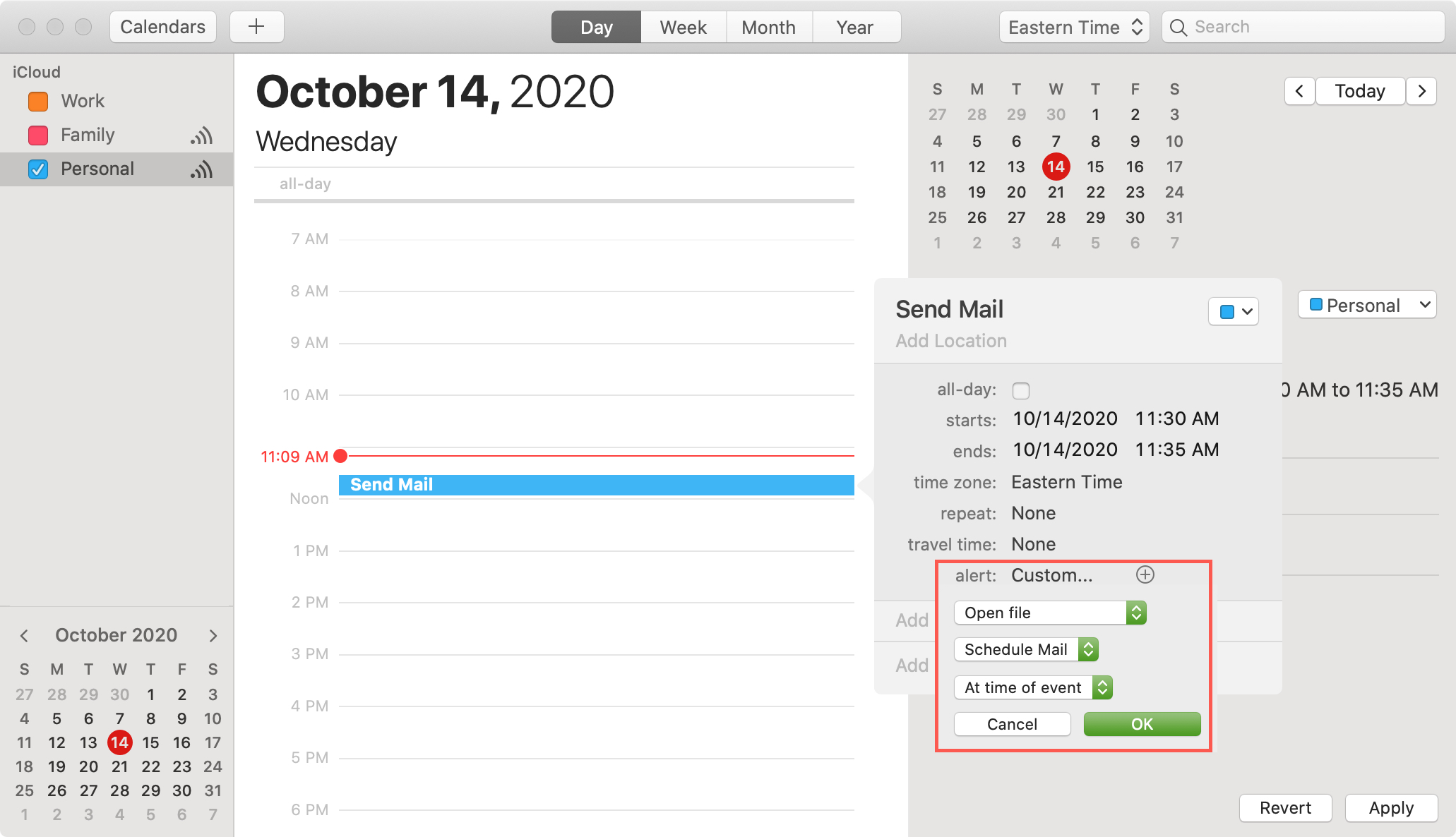


The Markup, a nonprofit newsroom that often focuses on issues of data privacy, turned down eight potential email providers before finding one that would agree to turn off tracking capabilities. The email startup Superhuman had to apologize in 2019 after a viral blog post explained how the company tracked when, where, and how often people opened emails sent through its service. It gives you a sense of how engaged your audience is, and how that engagement is changing over time.Īt the same time, there is a fairly long tradition of people finding this creepy. Long ago, email marketers began including invisible pixels in the emails they send you when you open their messages, those pixels load, telling the sender that you read their message, and might also infer your location from your IP address.Ĭollectively, the percentage of people that actually open emails is known as the open rate, and it’s one of the most important metrics that senders measure to gauge the effectiveness of what they’re doing. Some quick background for the non-email obsessives. How necessary is this data to building email-based businesses? Over the past day I’ve read and heard lots of disagreement. Let’s assume most Apple Mail users opt in. When you eventually update your iPhone to iOS 15 this fall, you’ll see a screen at launch that invites you to opt in. The new feature helps users prevent senders from knowing when they open an email, and masks their IP address so it can’t be linked to other online activity or used to determine their location. In the Mail app, Mail Privacy Protection stops senders from using invisible pixels to collect information about the user. On Monday at WWDC, Apple announced Mail Privacy Protection, which will limit the amount of data that people who send you emails can collect about you. But it touches on so many of the subjects of interest to us here - a tech giant’s ability to reshape markets to its liking how journalism will navigate the platform era what we mean when we talk about privacy - that I hope I can pique your interest at least a little. If that sounds self-indulgent, given that it’s coming from a journalist who distributes his work via email, I apologize.

Today, let’s talk about one of Apple’s many announcements this week at its Worldwide Developer Conference, which some see as a possible threat to the rise of journalism distributed by email.


 0 kommentar(er)
0 kommentar(er)
